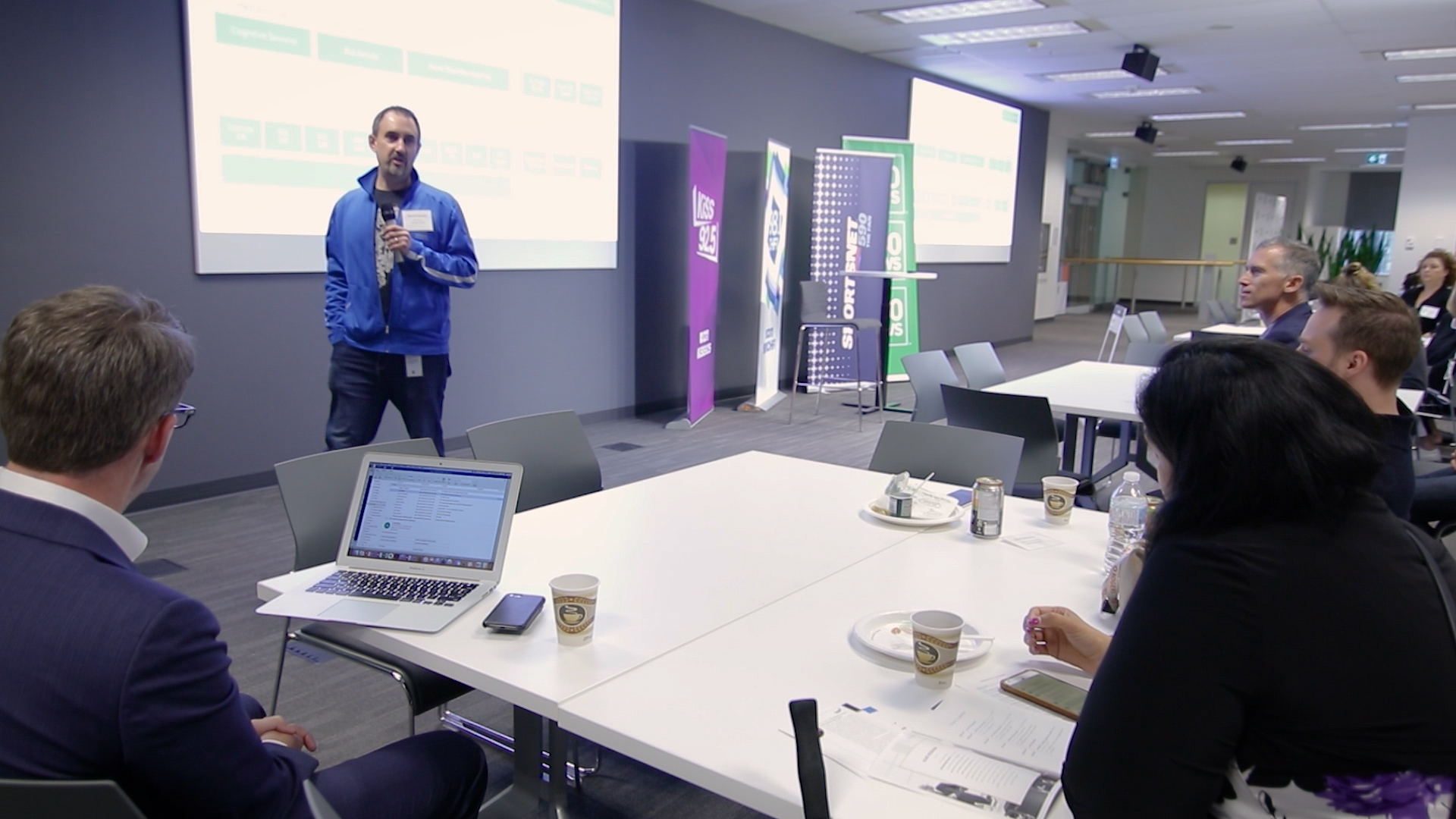
A couple of weeks ago, I attended my third Small & Mighty Summit—an event designed to engage small business leaders in discussions about emerging trends and business issues. This session, hosted by Mike Eppel, Senior Business Editor at 680 News, focused on digital technology and AI.
In his presentation, Mike Davison, Data and AI Architect at the Microsoft Technology Centre in Toronto, pointed out that companies that deploy AI technology have seen profit margins improve by as much as 10%, and yet, investment and adoption among Canadian enterprises remain relatively low. He believes the six main reasons that businesses don’t invest and adopt are:
1. Lack of clarity on the capabilities and value of AI
2. Talent
3. Money
4. Data maturity
5. IT centricity and IT-inspired funding
6. “Wild West” mentality
While businesses know they need AI, Davison says they haven’t figured out why yet and very few employees have the skills necessary to make the shift. He talked of the “wild west” mentality that exists in many organizations—ideation without consideration of integration into core business operations—which can be expensive and wasteful.
He stressed that AI discussions must be strategic not “IT-centric” and that success hinges on the organization’s ability to define the business need and desired outcomes. “You have to know your data—where to find it and how to describe it. Most organizations can’t do this. If you’re ahead of the curve on this, you will be ahead on AI too.”
Davison encouraged the audience to watch this 40-minute video featuring Micheal I. Jordan of UC Berkeley sharing his perspective on this topic. He also recommended that before starting an AI initiative, leaders should confirm they have:
- A clear understanding of the business need
- A sharp question that AI can answer
- A baseline measure of performance
- Data that can answer your sharp question
- A view into how the AI model will integrate with other applications and processes
- A plan to account for the introduction of probability into processes
He cautioned that AI done poorly becomes an “echo chamber” noting that you don’t want to bias processes by “baking” intelligence into them.
In closing, he acknowledged that integrating AI into business processes requires a substantial investment of time and money, as well as programming capabilities—all of which are in short supply for most small businesses. As such, Microsoft’s focus, at this time, is on democratization—making these capabilities and opportunities readily accessible.
